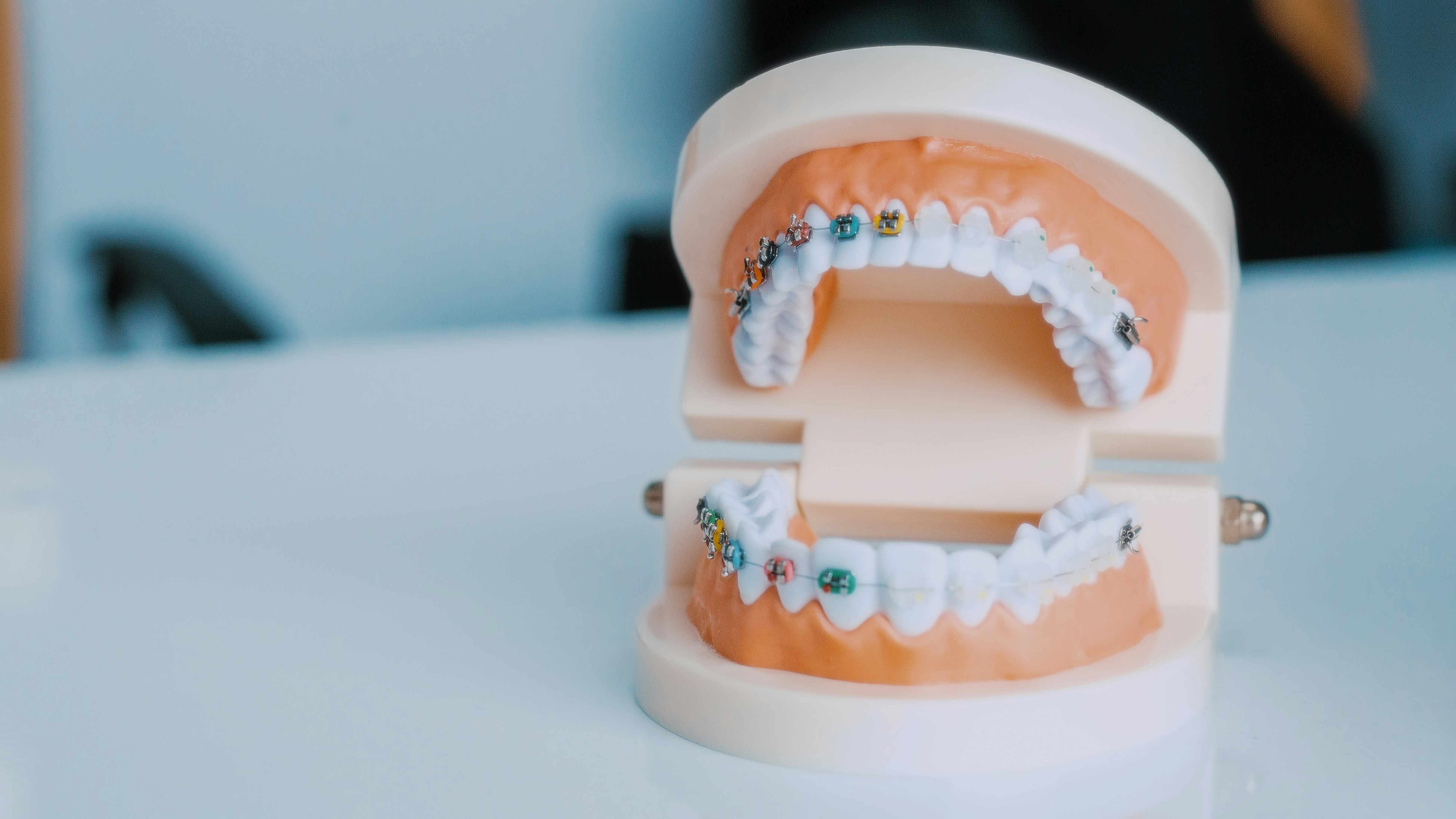Understanding Braces and Dental Splints: Complete Guide
Modern orthodontic treatment encompasses various devices designed to correct dental alignment and support oral health. From traditional metal braces to innovative clear aligners and therapeutic dental splints, these orthodontic solutions address different dental concerns. Understanding the distinctions between these treatments, their applications, and what to expect during treatment helps patients make informed decisions about their oral health care.

Dental Clips for Teeth: A Comprehensive Guide
Dental clips, though perhaps not a term widely recognized by the general public, play an increasingly significant role in modern dentistry, particularly as we move into 2025. These small but crucial components work alongside traditional braces and other orthodontic appliances to provide precise tooth movement and retention. Dental clips serve various functions, from securing archwires in braces systems to providing temporary stabilization during complex orthodontic procedures.
The evolution of dental clip technology has introduced materials like titanium and specialized polymers that offer improved biocompatibility and durability. Modern dental clips are designed to minimize patient discomfort while maximizing treatment effectiveness, representing a significant advancement from earlier orthodontic hardware.
Understanding Traditional Braces Systems
Traditional braces remain one of the most effective methods for correcting severe dental misalignments and bite issues. These systems consist of brackets bonded to teeth, connected by archwires that apply controlled pressure to gradually move teeth into proper position. The treatment process typically spans 18 to 36 months, depending on the complexity of the case.
Metal braces offer exceptional durability and precise control over tooth movement, making them particularly suitable for complex orthodontic cases. Ceramic braces provide a more aesthetic alternative while maintaining similar effectiveness, though they may require additional care to prevent staining.
Exploring Dental Splint Applications
Dental splints serve different purposes than traditional braces, focusing primarily on jaw stabilization and bite correction rather than tooth alignment. These custom-fitted appliances treat conditions like temporomandibular joint disorder (TMJ), bruxism, and sleep apnea. Occlusal splints redistribute bite forces to protect teeth from grinding damage, while repositioning splints help correct jaw alignment issues.
The fabrication process involves precise impressions and bite registrations to ensure proper fit and function. Modern splint materials include durable acrylics and thermoplastic materials that provide comfort during extended wear periods.
Evaluating and Selecting the Right Dental Clip
Selecting appropriate dental clips requires careful consideration of treatment goals, patient comfort, and orthodontic requirements. Factors include material composition, size specifications, and compatibility with existing orthodontic hardware. Orthodontists evaluate individual cases to determine optimal clip configurations that support treatment objectives while minimizing patient discomfort.
The selection process involves analyzing tooth movement requirements, treatment timeline, and patient lifestyle factors. Advanced imaging techniques help orthodontists visualize optimal clip placement and predict treatment outcomes more accurately.
Treatment Process and Patient Experience
The orthodontic treatment journey begins with comprehensive examination and treatment planning. Initial appointments involve detailed impressions, photographs, and radiographic analysis to develop customized treatment strategies. Regular adjustment appointments allow orthodontists to monitor progress and make necessary modifications to ensure optimal results.
Patient education plays a crucial role in treatment success, covering proper oral hygiene techniques, dietary modifications, and care instructions for orthodontic appliances. Understanding treatment expectations helps patients maintain compliance throughout the process.
| Treatment Type | Provider | Average Cost Range |
|---|---|---|
| Traditional Metal Braces | Local Orthodontic Practices | $3,000 - $7,000 |
| Ceramic Braces | Orthodontic Specialists | $4,000 - $8,000 |
| Dental Splints | General Dentists/Specialists | $300 - $800 |
| Clear Aligners | Various Providers | $3,000 - $8,000 |
| Lingual Braces | Specialized Orthodontists | $8,000 - $13,000 |
Prices, rates, or cost estimates mentioned in this article are based on the latest available information but may change over time. Independent research is advised before making financial decisions.
Long-term Care and Maintenance
Successful orthodontic treatment extends beyond active treatment phases to include retention and long-term maintenance. Retainers help maintain tooth positions after braces removal, while regular dental checkups ensure continued oral health. Proper care of orthodontic appliances involves specific cleaning techniques and dietary considerations to prevent damage and maintain treatment effectiveness.
Patients should understand that orthodontic treatment represents an investment in long-term oral health, with benefits extending beyond aesthetic improvements to include better function and easier maintenance of oral hygiene.
This article is for informational purposes only and should not be considered medical advice. Please consult a qualified healthcare professional for personalized guidance and treatment.




